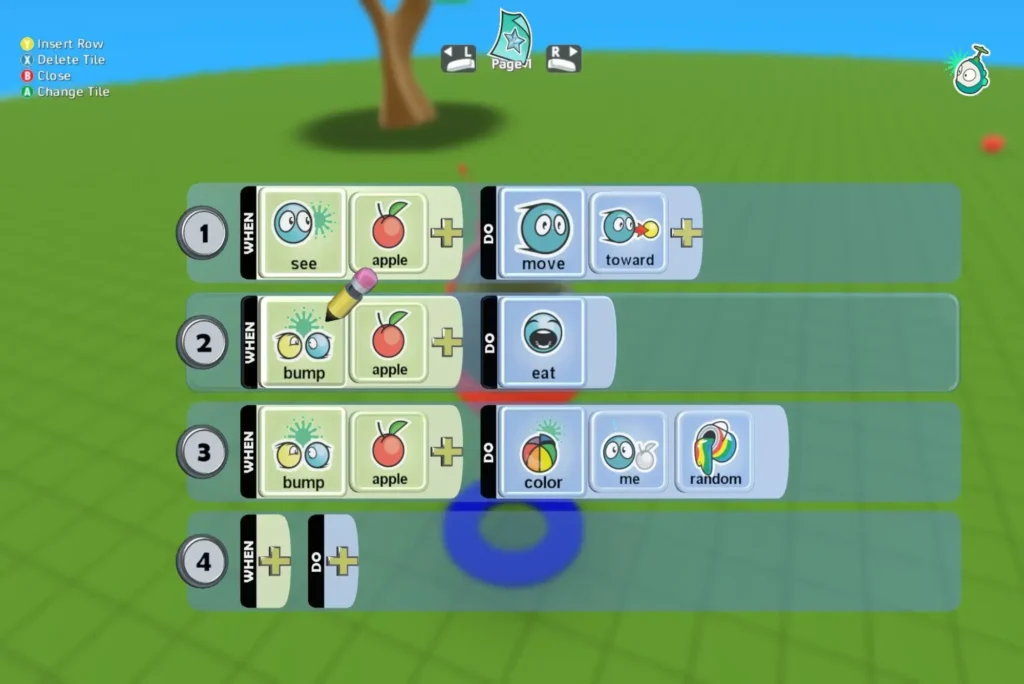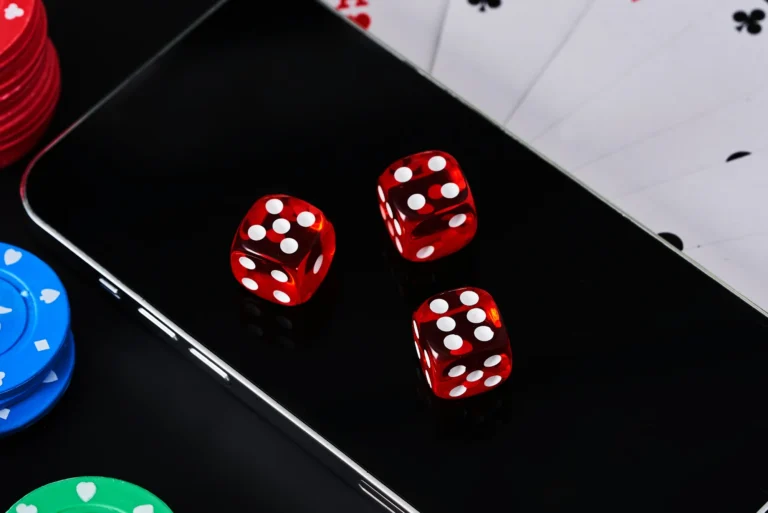Game development is a multi-faceted process that involves creativity, technical skills, and strategic planning. Whether you’re inspired by the success of Poki games or the intense gameplay of Free Fire, the journey to creating your own game starts with a strong foundation in understanding the key components of game development.
Conceptualizing Your Game
Brainstorming Ideas
Start by brainstorming ideas for your game. Think about what type of game you want to create. Are you interested in creating a casual game like those found on Poki games, or are you aiming for a more complex and competitive game similar to Free Fire? Gather your thoughts, consider various genres, and sketch out initial concepts.
Identifying Your Target Audience
Understanding your target audience is crucial. Determine who will be playing your game and what interests them. This will help you tailor your game’s features and style to meet their preferences. Knowing your audience will guide your design choices, gameplay mechanics, and even marketing strategies.
Defining Core Mechanics
Outline the core mechanics of your game. This includes the rules, objectives, and gameplay loop. For example, if you’re inspired by Free Fire, focus on survival mechanics, battle royale elements, and character progression. Clearly defining these mechanics early on will provide a solid foundation for your game.

Planning and Design
Creating a Game Design Document
A Game Design Document (GDD) is essential for planning your game. It should detail every aspect of your game, from storyline and character design to levels and user interface. A well-crafted GDD serves as a roadmap for your development process, ensuring all team members are on the same page.
Storyboarding
Storyboarding helps visualize the flow and structure of your game. Create sketches or wireframes for each screen and major event in your game. This step is crucial for understanding how players will interact with your game and ensuring a smooth user experience.
Prototyping
Develop a prototype to test out your game mechanics and ideas. This doesn’t have to be a fully functional game but should give a clear sense of how your game will play. Prototyping allows you to identify potential issues early and make necessary adjustments before full-scale development.
Choosing the Right Tools
Game Engines
Selecting the right game engine is crucial. Popular choices include Unity, Unreal Engine, and Godot. Unity is particularly popular for its flexibility and has been used to create a variety of games, from casual Poki games to more intensive titles like Free Fire. Each engine has its own strengths, so choose one that aligns with your project’s needs and your team’s expertise.
Graphic Design Tools
Choose graphic design tools that suit your needs. Tools like Adobe Photoshop, Illustrator, and Blender can help you create stunning visuals for your game. High-quality graphics can significantly enhance the player experience, making your game more engaging and visually appealing.
Sound and Music
Sound design is an important aspect of game development. Tools like Audacity and FL Studio can be used to create and edit audio for your game. Good sound effects and music can greatly enhance the immersive experience, making your game more memorable.

Game Development
Programming
Write the code for your game using the programming language supported by your chosen game engine. Unity, for instance, uses C#. Ensure your code is clean, efficient, and well-documented to facilitate future updates and troubleshooting.
Asset Creation
Create or source the assets for your game, including characters, environments, and items. This step involves both graphic design and sound design. High-quality assets are crucial for creating an engaging and visually appealing game world.
Integrating Features
Integrate the features you outlined in your GDD. This includes gameplay mechanics, user interface, and multiplayer capabilities if applicable. Make sure all elements work seamlessly together to provide a smooth gaming experience.
Testing and Debugging
Alpha Testing
Conduct alpha testing to identify and fix major bugs and issues. This involves testing the game internally or with a small group of trusted testers. Alpha testing helps catch critical issues early in the development process.
Beta Testing
Beta testing is a broader testing phase where you release your game to a larger audience. This helps identify any remaining issues and gather feedback on the gameplay experience. Beta testers can provide valuable insights into how your game performs in a real-world setting.
Debugging
Use debugging tools and techniques to fix issues found during testing. Ensure that your game runs smoothly and without crashes. Continuous testing and debugging are essential to delivering a polished final product.
Launching Your Game
Preparing for Launch
Prepare for your game’s launch by creating a marketing plan, setting up distribution channels, and ensuring all legal aspects are covered. Proper preparation can significantly impact your game’s success and reception.
Platforms and Distribution
Decide on the platforms where you will release your game. Popular options include Steam, the Apple App Store, and the Google Play Store. You might also consider web platforms like Poki games for browser-based games. Each platform has its requirements and audience, so choose the ones that best fit your game.
Post-Launch Support
Plan for post-launch support, including updates, bug fixes, and new content. Engaging with your community is key to maintaining a successful game. Regular updates and improvements can keep your player base engaged and attract new players.
Marketing and Monetization
Marketing Strategies
Develop a marketing strategy to promote your game. Utilize social media, game forums, and influencers to create buzz around your game. Effective marketing can significantly increase your game’s visibility and attract a larger audience.
Monetization Models
Choose a monetization model that fits your game. Options include one-time purchases, in-app purchases, ads, and subscriptions. Games like Free Fire often use a combination of in-app purchases and ads. Your monetization strategy should align with your game’s design and your target audience’s preferences.
Community Engagement
Engage with your community through social media, forums, and live events. Community feedback is invaluable for making improvements and maintaining player interest. Building a strong community can lead to long-term success and loyalty.
Creating your own game is a complex but rewarding process. By following these steps and drawing inspiration from successful games like Poki games and Free Fire, you can turn your game idea into reality. Stay dedicated, keep learning, and most importantly, have fun on your game development journey. With persistence and passion, you can create a game that stands out and provides a memorable experience for players.










